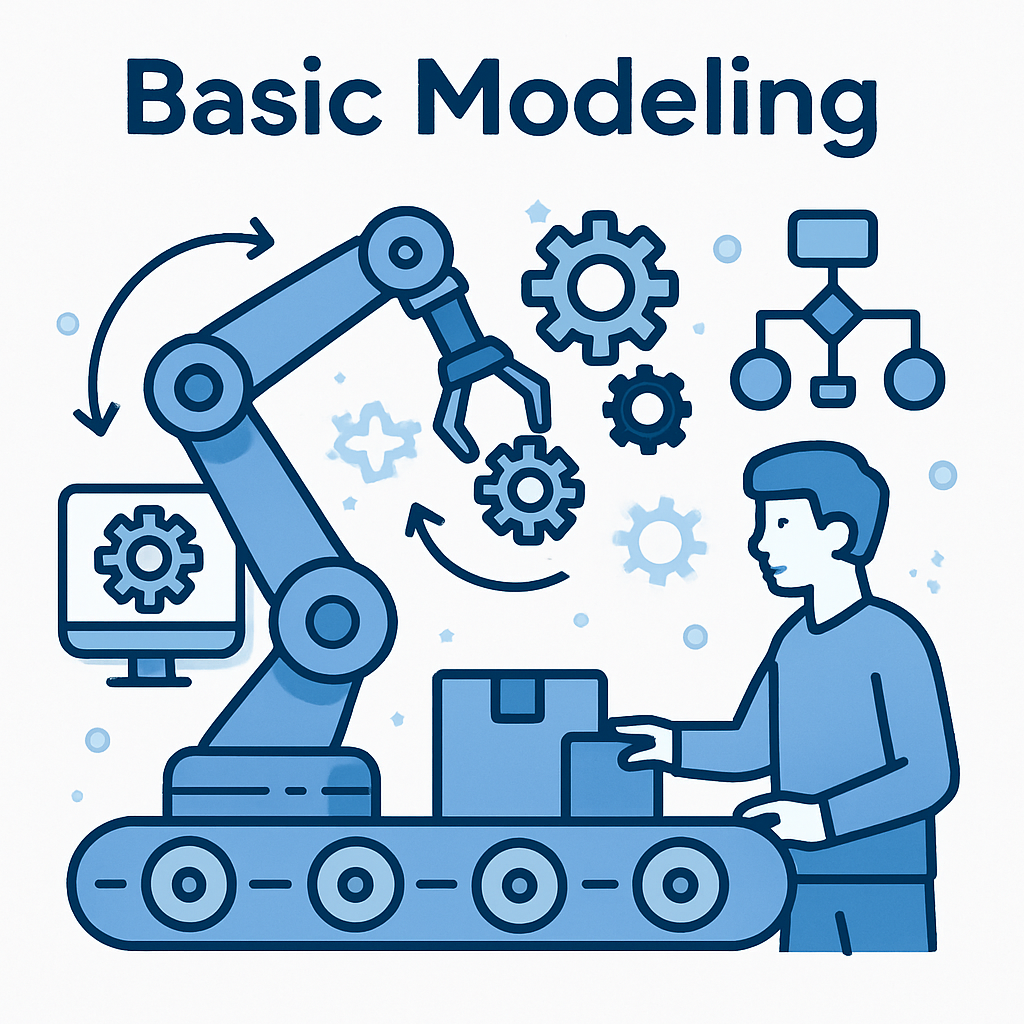About this course
Business Process Model and Notation (BPMN) is a standardized graphical language used to model business processes. It offers a clear and consistent way for both technical and non-technical stakeholders to visualize workflows by utilizing a set of standardized symbols and elements.
A Task in BPMN represents a discrete unit of work or activity within a process. Tasks are displayed as rounded rectangles and come in various types, including User Task, Service Task, Manual Task, Script Task, and more.
An Event in BPMN denotes something that occurs during the life-cycle of a process and generally influences the process flow. Events can represent the start, intermediate actions, or the end of a process.
Pools and Lanes are used to represent and organize participants within a business process. They help define responsibilities and facilitate collaboration by distinguishing between different roles, departments, or systems involved in the workflow.
A Subprocess in BPMN is a collection of related tasks and events grouped within a larger process. It is used to simplify complex models by encapsulating detailed activities into a single, manageable element, enhancing clarity and modularity in process design.
FAQ
Comments (0)
Goal of this Course
Business Process Model and Notation (BPMN) is a widely recognized standard for modeling business processes, offering a clear and intuitive graphical representation through Business Process Diagrams (BPDs)
BPMN Gateways
Simple BPMN Diagram
BPMN Elements
Goal of this course
Tasks in brief
test des
Challenge Task
Solution
Goal of this module
Promotion Request Process
Solution of Promotion Request Process
The Rewards & Recognition (R&R) process acknowledges and appreciates employee contributions, fostering a positive work culture. It includes identifying eligible employees based on performance, behavior, or milestones, selecting appropriate awards, and communicating the recognition. The process may involve peer nominations, manager evaluations, or automated performance tracking. It concludes with distributing rewards and collecting feedback to refine the program. Effective R&R systems boost morale, improve retention, and align individual goals with organizational success.





